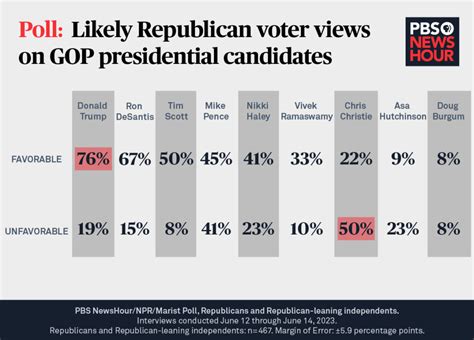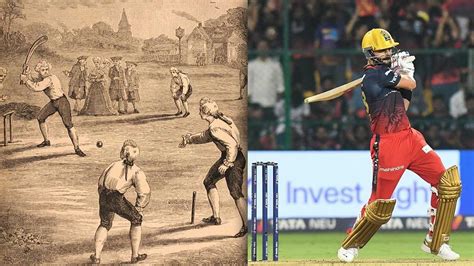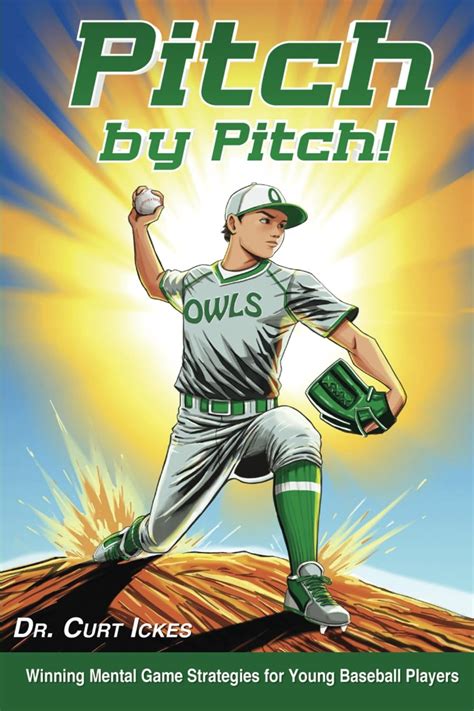Discover how to choose the perfect baseball glove by understanding playing positions, evaluating materials, measuring your hand, and balancing budget with quality.Choosing the right baseball glove is essential for enhancing your performance on the field, whether you’re a seasoned player or just starting out. With various options available, understanding the key factors can make a significant difference in your game. From your specific playing position to the type of materials that ensure durability, there are many aspects to consider. In this guide, we will delve into essential tips for selecting the perfect glove tailored to your needs. We’ll cover everything from proper hand measurements and glove sizing to budget considerations, ensuring you make an informed decision. Join us as we explore how to find that perfect baseball glove, making your time on the field not only more effective but also enjoyable.
Understanding Your Playing Position To Choose The Right Glove
Choosing the right baseball glove is crucial for optimizing your performance on the field, and understanding your playing position is a significant factor in this decision-making process. Different positions in baseball require distinct types of gloves that cater to specific needs and functionalities.
When determining what glove to choose, consider the following breakdown based on common positions:
- Catchers: Catchers require a specialized glove that is designed for quick ball retrieval and extra padding for protection from pitches. A catcher’s mitt is typically larger and has a deeper pocket to handle fast throws and wild pitches.
- Infielders: Infield gloves are shorter and more flexible, allowing for quick transfers of the ball. These gloves typically range from 11 to 11.75 inches in length and feature a shallow pocket to aid in quick catches and throws.
- Outfielders: Outfield gloves are larger, generally ranging from 12 to 12.75 inches. They are designed with a deeper pocket for catching fly balls and may feature a fingerless design to enhance grip and range.
- First Basemen: A first baseman’s mitt is similar to a catcher’s mitt in design, featuring more padding and a larger pocket. It allows for secure catches during plays at first base and requires a fit that allows for a strong grip on the ball.
When choosing a glove based on your position, consider how it will enhance your abilities on the field. For instance, infielders might prioritize agility and quick movements, while outfielders may look for added reach and a larger surface area to catch higher balls. Selecting a glove that aligns with the demands of your specific role will not only improve your performance but also your overall enjoyment of the game.
Understanding your playing position can significantly influence your choice in a baseball glove. Make sure to thoroughly assess your needs based on your position before making a purchase to ensure you get the most out of your glove.
Evaluating Glove Materials For Enhanced Durability And Performance
When it comes to baseball gloves, the material plays a critical role in determining both durability and performance. Choosing the right material can greatly influence your enjoyment of the game and your overall success on the field. Here are some common glove materials to consider:
- Leather: Leather gloves are often favored for their longevity and performance. Premium cowhide and kip leather provide a great balance of flexibility and sturdiness, making them ideal for serious players.
- Synthetic Materials: These gloves can be lighter and typically more affordable than leather options. While they may not offer the same level of durability, they can be suitable for younger players or those just starting out.
- Mesh Backing: Gloves with mesh backing provide breathability and lightweight comfort. They are often designed for outfield positions where quick movements are essential.
- Composite Materials: Combining different materials, composite gloves are designed to maximize flexibility and strength. They can offer excellent feel and control for players looking to enhance their gameplay.
When evaluating glove materials, keep in mind your level of play and how frequently you’ll be using the glove. For those who take the game seriously or play year-round, investing in a high-quality leather glove might be the best choice for long-lasting performance. On the other hand, casual players or beginners may find that a synthetic glove meets their needs without the higher price tag.
Understanding the materials will help you make an informed choice on how to select the best baseball glove for your needs, ensuring it complements your playing style and position.
How To Measure Your Hand Properly For The Perfect Fit
Choosing the right baseball glove is crucial for performance, and one of the key steps is knowing how to measure your hand properly. An accurate measurement ensures that you select a glove that fits correctly, enhancing both comfort and control on the field.
Here’s a simple guide to measure your hand size:
- Gather Your Materials: You will need a flexible measuring tape or a ruler, a pen, and a piece of paper.
- Find Your Dominant Hand: Determine which hand you use most often for throwing. This is the hand that will affect your glove sizing.
- Measure Your Hand Width: With your dominant hand open, measure across the widest part of your palm, excluding your thumb. Note the measurement in inches or centimeters.
- Measure Your Hand Length: From the tip of your longest finger to the base of your palm (where it meets your wrist), measure straight down. This is your hand length.
- Consult Size Charts: Once you have your measurements, refer to a baseball glove size chart. Sizes typically range from youth to adult and vary by manufacturer, so it’s important to check the specific brand’s guidelines.
By following these steps on how to accurately measure your hand, you can ensure a perfect fit for your baseball glove, allowing for optimal performance during your game. A well-fitted glove will not only enhance your gameplay but also improve your overall comfort on the field.
Choosing The Right Glove Size For Optimal Comfort And Control
Finding the perfect glove size is essential for achieving how to enhance your performance on the field. A glove that fits well not only provides comfort but also allows for better control and responsiveness when playing. Here’s how to choose the right glove size:
- Measure Your Hand: Start by measuring the distance from the tip of your index finger to the base of your palm. This will help you determine the glove size you need.
- Check Manufacturer Sizes: Different brands may have varying size charts, so always refer to the specific sizing guide provided by the manufacturer.
- Consider Your Playing Position: Depending on whether you play infield, outfield, or as a catcher, the glove size may vary. Infielders typically prefer smaller gloves for quick plays, while outfielders might opt for larger gloves to catch balls flying high.
- Try Before You Buy: Whenever possible, try on several gloves to see how they fit. Pay attention to how it feels when your hand is fully extended and when you make a fist.
- Account for Break-in Period: Remember that gloves often require a breaking-in period. New gloves may feel stiff initially, but they will become more comfortable with use.
Taking the time to choose the right glove size can significantly improve your game. A glove that fits well allows for greater control, ultimately supporting your skills on the field as you learn how to play better.
Assessing Your Budget While Selecting A Quality Baseball Glove
When it comes to purchasing a baseball glove, one of the foremost considerations is your budget. Understanding how much you are willing to spend can significantly influence the quality and type of glove you choose. Here’s how to effectively assess your budget while ensuring you get a quality glove that meets your needs.
First and foremost, identify your price range. Baseball gloves can widely vary in price, from affordable beginner gloves to high-end professional models. Think about factors such as:
- Your level of play (youth, recreational, or competitive).
- The frequency of use (occasional games versus regular practice).
- Your long-term goals in the sport (is this a temporary investment or a long-term purchase?).
Secondly, prioritize what features are essential to you. For instance, if you are playing at a competitive level, investing in a more expensive glove made of premium materials may provide better performance and longevity. On the other hand, beginners might opt for more cost-effective options until they determine the specific features they prefer in a glove.
Don’t forget to shop around and compare prices. Look for sales, discounts, or even second-hand options if you’re on a tight budget but still desire a quality glove. Websites that specialize in baseball gear, local sports shops, or even online marketplaces can all be viable sources to find a glove that fits your financial plan without sacrificing quality.
Effectively assessing your budget while selecting a quality baseball glove means understanding your playing level, prioritizing key features, and exploring various purchasing options. Utilizing these guidelines will help ensure you make an informed and satisfying choice while learning how to shop intelligently for your baseball glove.
Frequently Asked Questions
What factors should I consider when choosing a baseball glove?
Key factors include your position on the field, glove size, webbing style, and personal comfort. Different positions may require specialized gloves with specific features.
How do I determine the right glove size for me?
To find the right size, measure from the tip of your index finger to the heel of your hand. Generally, gloves come in various sizes, typically ranging from 10 to 14 inches, depending on the type of glove.
What is the difference between youth and adult baseball gloves?
Youth gloves are typically smaller in size and designed to fit the hands of younger players, while adult gloves are larger and offer features suitable for more experienced players.
Should I choose a leather or synthetic glove?
Leather gloves are more durable and often preferred for their quality and feel, while synthetic gloves are usually lighter and can be more affordable. The choice depends on your budget and how often you plan to use the glove.
What glove webbing styles are available, and how do they affect performance?
Common webbing styles include closed, open, and trapeze webs. Closed webs offer more stability and are often used for pitchers, while open webs allow for better visibility and quicker ball retrieval, making them suitable for infielders.
How important is the break-in period of a baseball glove?
The break-in period is crucial as it helps the glove conform to your hand and improves flexibility. Depending on the material, some gloves may require more time to break in than others, so it’s important to consider this when purchasing.
Are there specific brands that are considered the best for baseball gloves?
Some of the most reputable brands include Rawlings, Wilson, Mizuno, and Easton. Each brand has its strengths, so it’s beneficial to try on gloves from different manufacturers to find the best fit and feel for your needs.









